Earth Day, At 47, Proves Value of Water and More
Ecological principles guide economic strategies to fit 21st-century conditions.
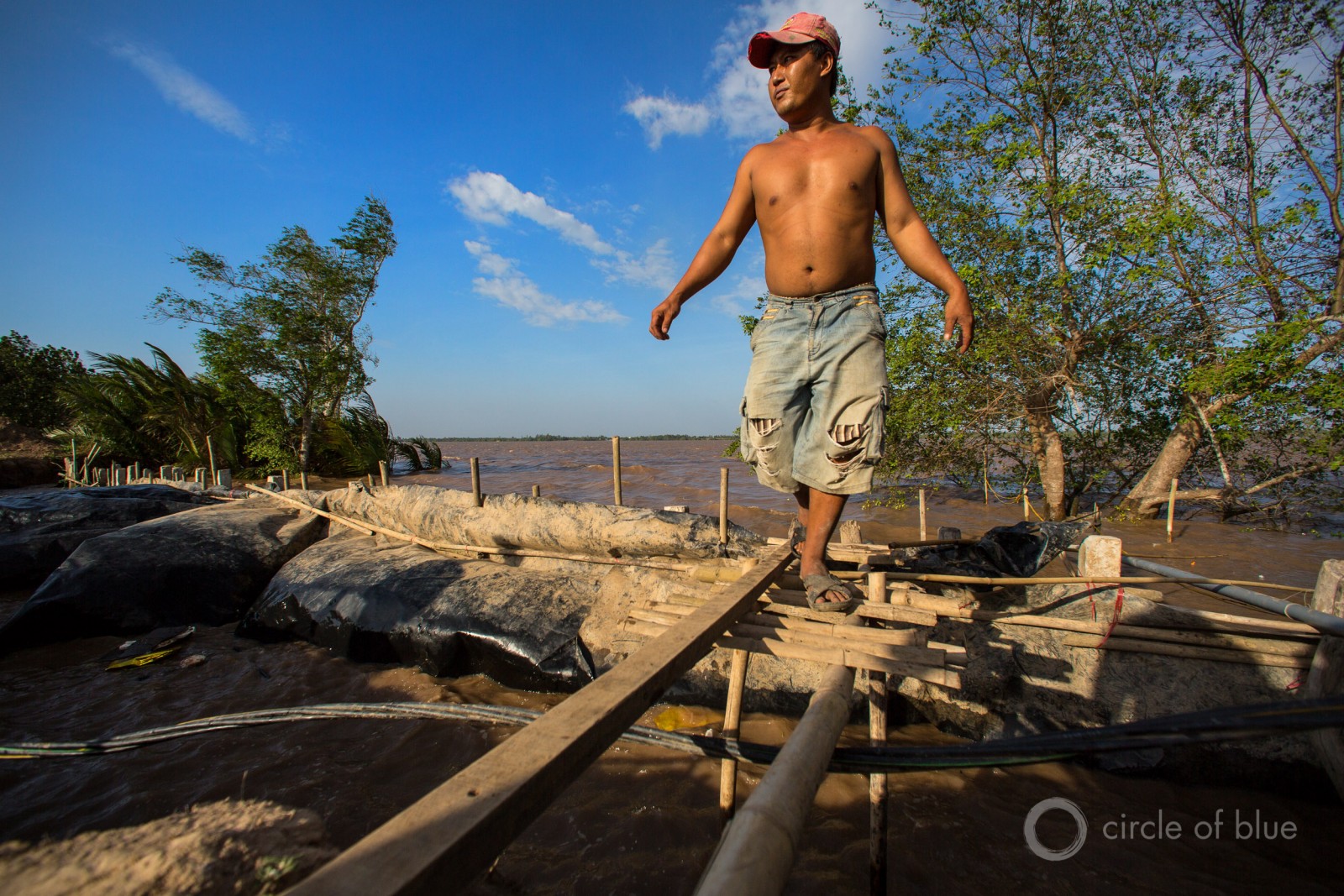
Mekong River floodwaters force Vietnamese farmers to erect barricades to protect their fields. From 1980 to 2014, 41 percent of all the economic losses globally, and 27 percent of the fatalities, were from one source: flooding rivers. Photo © J. Carl Ganter / Circle of Blue
By Keith Schneider
Circle of Blue
By now, the 47th observance of Earth Day, the point of summoning people to protect Mother Nature is clear. What started in 1970 as a call to action from the youthful wing of American society has matured into mainstream global operating principles for assuring that human life thrives in the 21st century.
The resource-conserving, waste-reducing, energy-efficient lessons of Earth Day would eventually serve as a development template for nations to succeed.
Essentially, that is what the founders of Earth Day anticipated. Earth Day was never just about preventing pollution or conserving imperiled landscapes, though both objectives served as galvanizing ideas for the early annual observances. The organizers correctly predicted that the resource-conserving, waste-reducing, energy-efficient lessons of Earth Day would eventually serve as a development template for nations to succeed.
Natural systems, after all, are powerful. Far more potent, in fact, than mankind’s flimsy transport, food production, electrical distribution, and communications networks. Anybody who tries to switch planes during a mild snowstorm at Chicago O’Hare International Airport knows all about that.
What Happens With Ignorance
What Earth Day’s founders could not have foreseen was how quickly nations would deteriorate by failing to heed environmental values. Mother Earth no longer tolerates wasteful and dirty development paths. Neither do national economies.
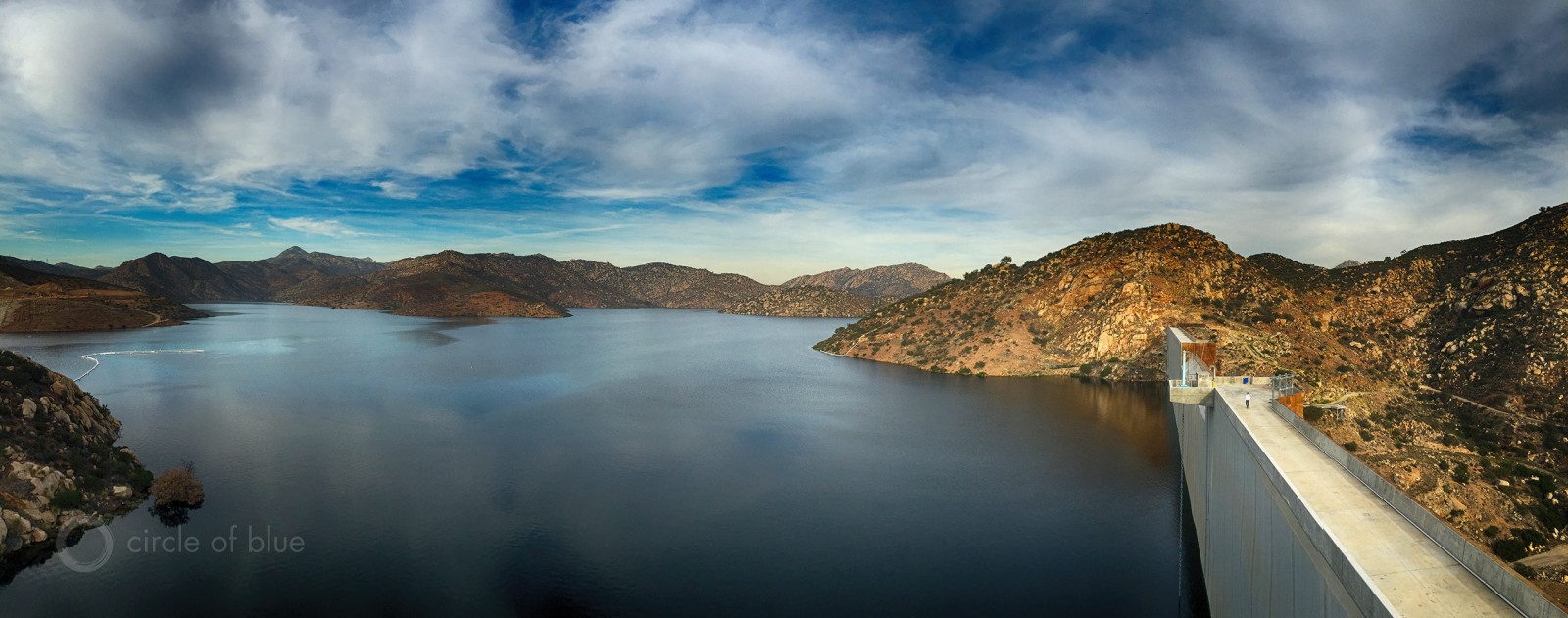
The San Vincent Dam stores water for San Diego, California. Late last year the city opened the $US 1 billion Carlsbad desalination plant, the nation’s largest, to increase freshwater supplies. Photo © J. Carl Ganter / Circle of Blue
Studies of economic performance consistently find that the nations that insist on challenging the Earth’s rapidly evolving environmental conditions are experiencing heightened economic damage — joblessness, social instability, deteriorating health, more poverty, and eroding GDP. South Africa, India, Brazil, Mexico, China, and Russia are visible examples.
One more point. Just as the first Earth Day was inspired by a river that caught fire in Cleveland, Ohio, and a Great Lake that was declared near dead, securing the world’s freshwater reserves is a central goal of Earth Day 2016.
The world recognizes that preventing water pollution is a measure of sound public health management. The world also sees that access to adequate supplies of clean water is an essential economic resource. One reason that American cities have again become some of the world’s most beautiful and livable is the investments made in building new shoreline parks, pedestrian promenades, and neighborhoods along cleaned-up waterways.
Corporate social responsibility executives all over the world spend much of their time today developing new industrial practices that conserve water and use less energy. In California, recycled municipal wastewater, once disparaged as “toilet water,” is now seen as a resource to replenish drinking water aquifers and irrigate cropland. The United Nations last year published its Sustainable Development Goals, a global economic development strategy founded on ecological principles. Access to clean water, and saner water use and consumption, form the basis for 10 of the 17 goals.
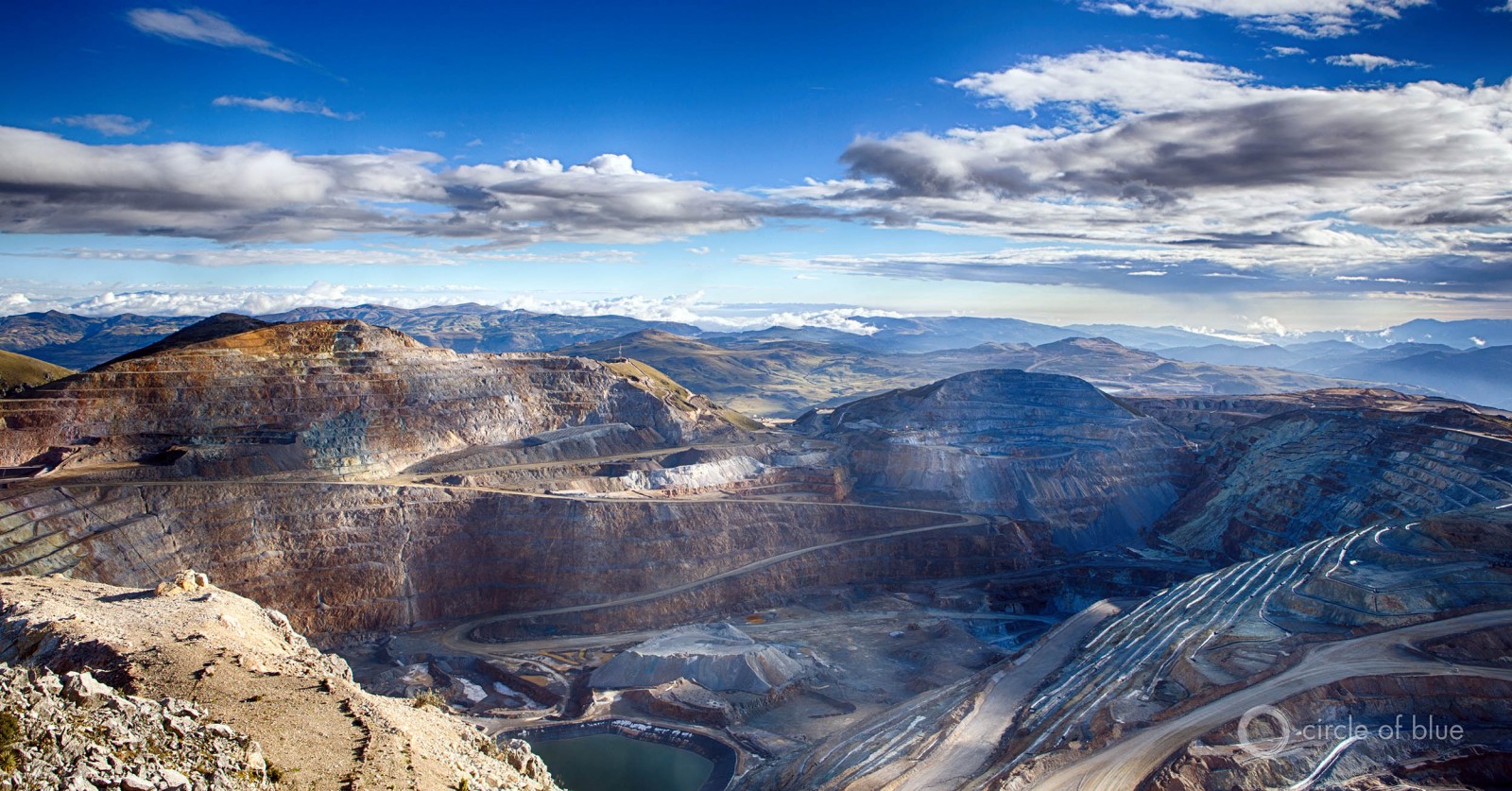
Newmont Mining Corporation’s Yanacocha mine, in the Andes near Cajamarca, Peru, is the world’s second largest gold mine. Development of its sister Conga gold mine nearby was halted due to civic opposition over water supply and pollution. Photo © J. Carl Ganter / Circle of Blue
All Day Earth Day
To some extent, every day is Earth Day now. For good reason, too. Without sounding too alarming, humanity looks to be in a race for survival on a planet that is not happy. One measure is how much damage storms, droughts, floods, earthquakes, tsunamis, wildfires, and plagues cost each year. The United Nations’ Economics of Ecosystems and Biodiversity program puts the price tag at $US 4.7 trillion annually, and growing.
Lloyds of London concluded that the 20-centimeter (7.8-inch) storm surge from Superstorm Sandy in 2012 increased damage and insurance losses by 30 percent, or $US 8 billion, in New York alone.
The Prudential Regulation Authority, a unit of the Bank of England, found last year in a study of the effects of climate change on insurers that damage in Great Britain from floods and other meteorological events increased to $US 50 billion in 2015, five times more than 1980 in inflation-adjusted dollars.
The same study found that a flood in Thailand resulted in $US 45 billion in damage. And from 1980-2014, 41 percent of all the economic losses globally, and 27 percent of the fatalities, were from one source: flooding rivers.
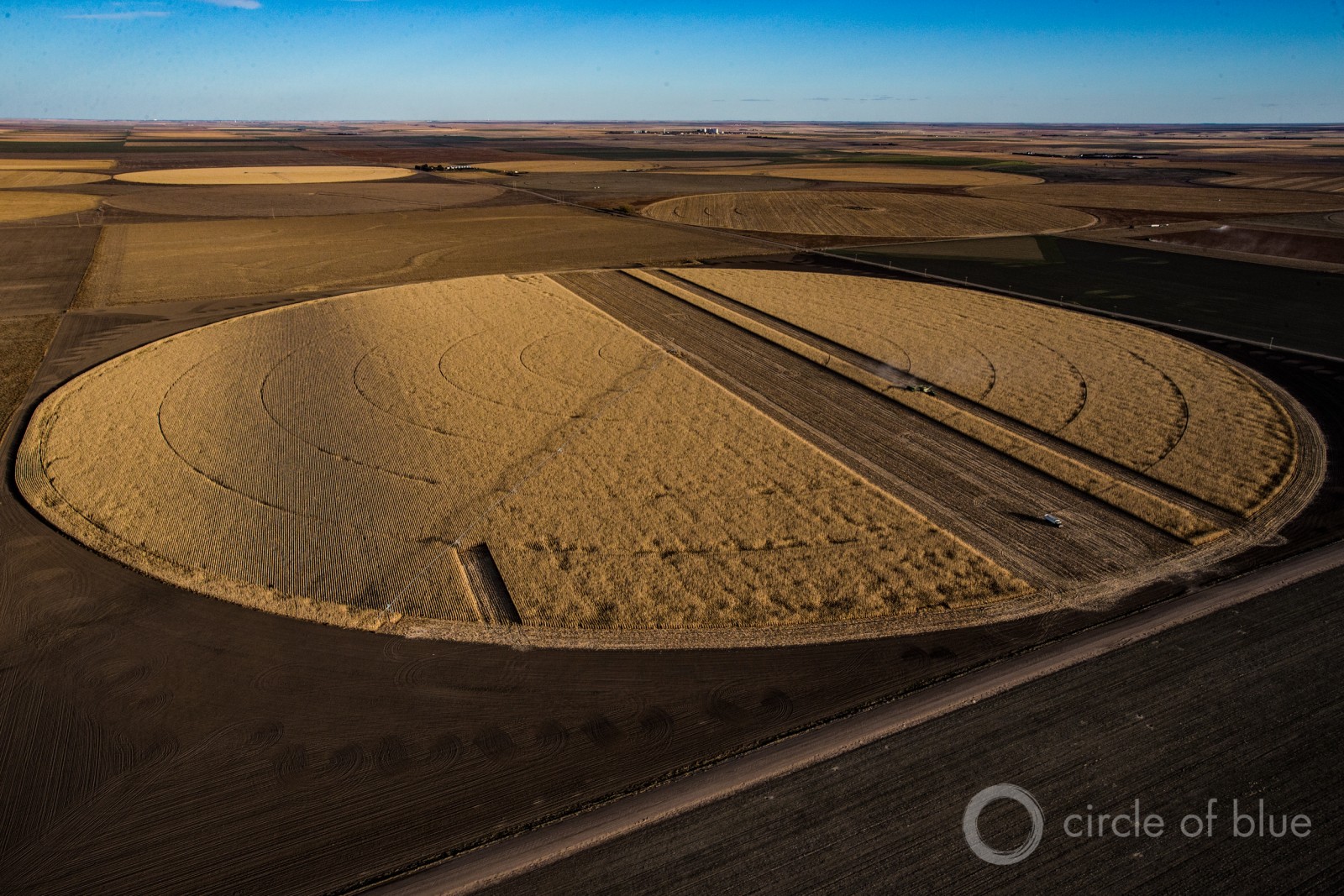
Agriculture consumes most of the world’s fresh water. Here, a corn crop is harvested in the U.S. Great Plains. Photo © Brian Lehmann / Circle of Blue
Such colossal environmental damage, which shows every indication of getting worse, is prompting active civic opposition to 20th-century mega-energy and mining projects, and is battering national treasuries and corporate balance sheets. A new financial term, “stranded assets,” describes the economic losses countries and companies are enduring because of rapid changes in markets, conditions, project planning, and development. Trillions of dollars of investments hang in the balance.
Lost Mines
Just this week the world learned that Newmont Mining, the world’s second-largest gold producer, is abandoning a $US 4.8 billion copper and gold mine in Peru because of concerns about water use and ferocious public opposition. The company had already spent $US 1.7 billion on mine development.
In 2013, Barrick Gold Corporation halted work at its Pascua-Lama mine in Chile after the Chilean Supreme Court ruled in favor of indigenous communities that argued the company’s water management system did not adequately protect groundwater. Barrick had invested $US 5 billion on the project.
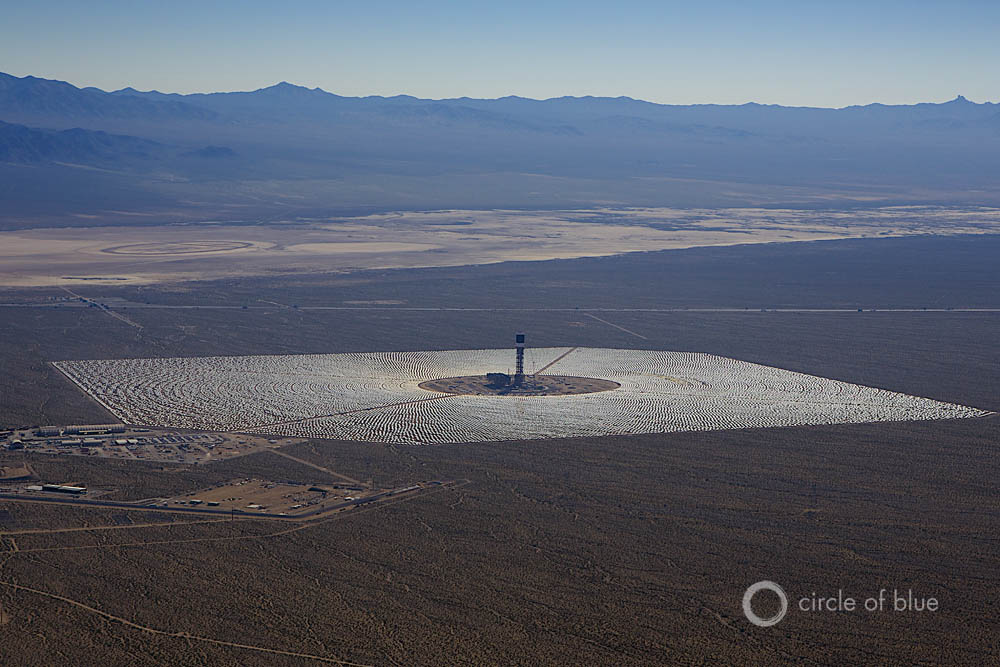
In 2015, for the first time ever, solar and wind plants produced more new electrical generating capacity than any other form of energy. Here the 392-megawatt Ivanpah Solar Electric Generating System in California. Photo © J. Carl Ganter / Circle of Blue
As the hazards of climate change, and the damage caused by more droughts and more vicious floods, become increasingly visible across the Earth, several more industrial sectors are coming under serious economic pressure. The primary targets for the time being are producers and industrial consumers of fossil fuels. Axa, a major manager of insurance and financial assets, is one of over 500 financial institutions, with total assets of $US 3.4 trillion, that is divesting its portfolios of coal mining and coal-fired electric utility stocks.
Peabody, the largest privately-owned coal company in the world, declared bankruptcy earlier this month. More bankruptcies are expected in the fossil fuel sector. The industry’s $US 4.6 trillion in market value around the world is steadily declining.
Tragic Consequences
Earth Day recognizes turmoil and is meant to respond to it with intelligence and courage. Yet too often now those two human assets are not sufficient. One of the dreadful results of the swirling currents of ecological change and economic loss is how many community environmental leaders are being murdered for their work. More than 100 environmental activists are killed annually around the, according to Global Witness, a human rights group based in London.
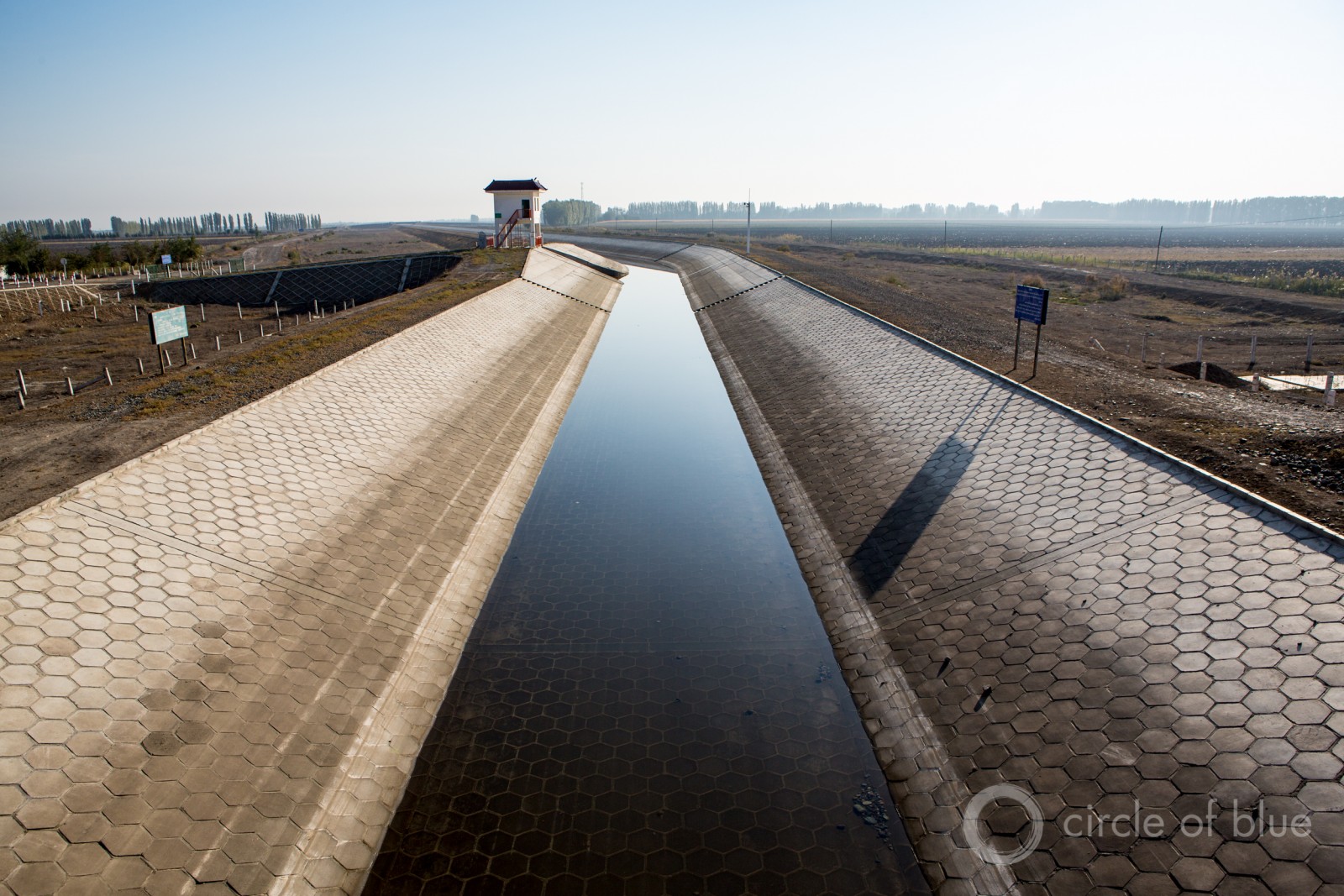
Water collected from nearby mountain glaciers is transported by canal to supply Urumqi, in western China. China contends with a 50 billion cubic meter annual water deficit in its dry west and northern desert Yellow River Basin. Photo © J. Carl Ganter / Circle of Blue
In March alone, Bazooka Rhadebe, the chair of a group battling to protect South Africa’s Wild Coast from a mine, was gunned down. Berta Cáceres, who won the 2015 Goldman Environmental Prize for opposing a big new dam, was assassinated in her home in Honduras. Days later Nelson García, a 39-year-old colleague in the struggle, also was murdered. All three, as with most of the activists killed each year, led campaigns that centered in whole or in part on protecting their water resources.
In South Africa, as in Honduras, colleagues of the slain activists vow to carry on. Earth Day celebrates that kind of courage. In the work to gain a safer, more hospitable planet there really is no other choice.
Circle of Blue’s senior editor and chief correspondent based in Traverse City, Michigan. He has reported on the contest for energy, food, and water in the era of climate change from six continents. Contact
Keith Schneider

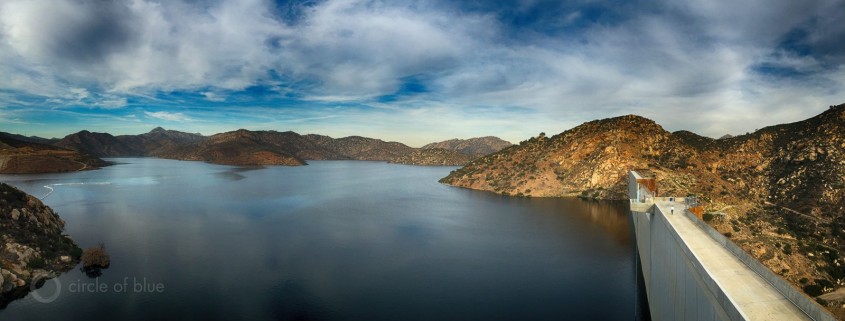

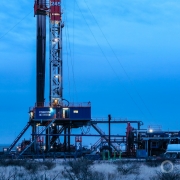

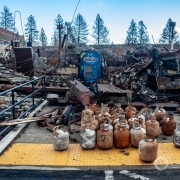
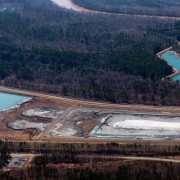

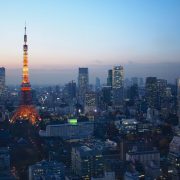


Leave a Reply
Want to join the discussion?Feel free to contribute!